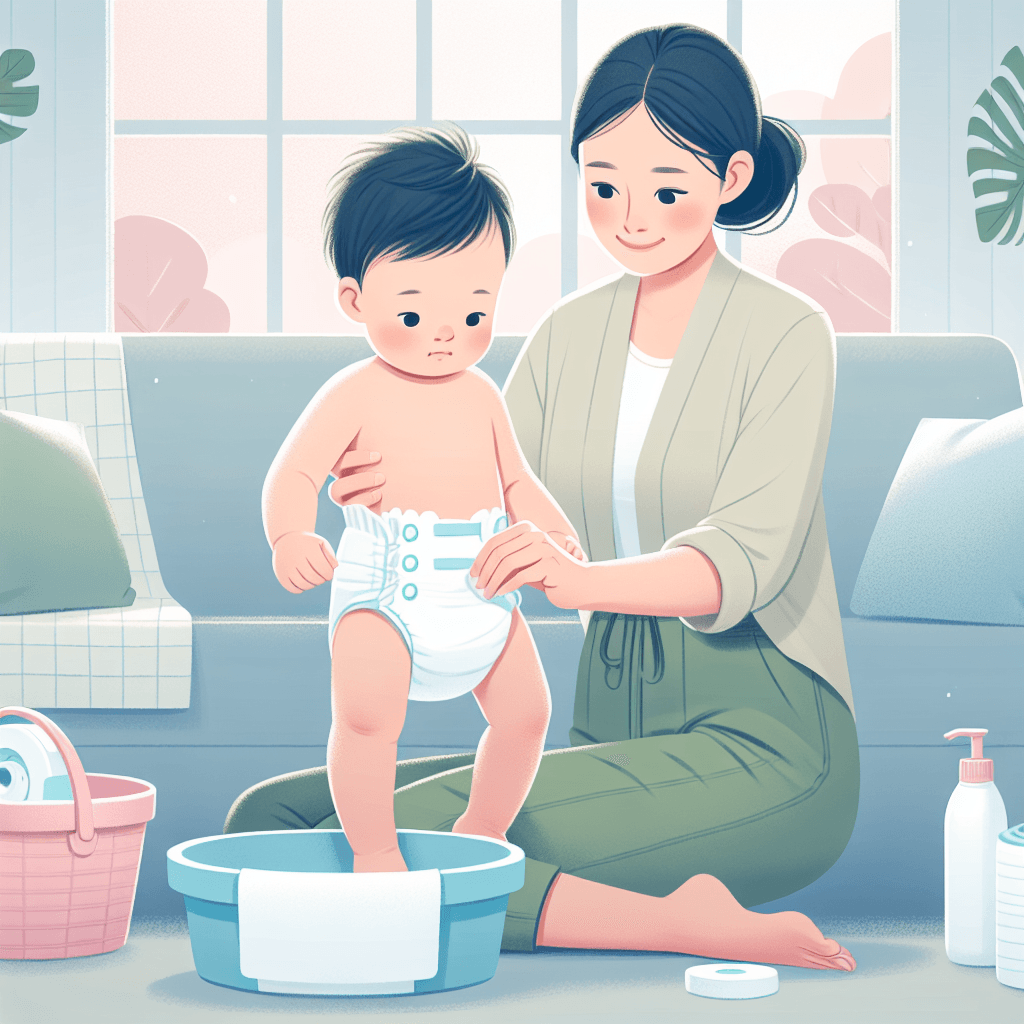7 Mistakes to Avoid When Changing Your Baby's Diaper
Changing a baby's diaper may seem like a simple and routine activity for most parents. However, there are some common mistakes that many people make without realizing it. These mistakes can not only cause discomfort to the child, but also health problems if not avoided. In this article, we will guide you through the seven mistakes to avoid when changing your baby's nappy and how to ensure a safe and comfortable nappy change.
Neglecting Proper Cleaning
One of the most essential steps in changing a diaper is cleanliness. The sink should be the first place you go after removing the dirty diaper. Washing your hands both before and after changing a diaper is crucial to prevent the spread of bacteria. Also, make sure you have everything you need on hand: wet wipes, new diaper, chafing cream, and possibly a toy to distract the baby.
Using Improper Size Diapers
Choosing the right diaper size is vital for baby's comfort. A diaper that is too small can cause irritation and redness around the waist and legs, while one that is too big can allow for unpleasant leaks. Check the manufacturers size guide and make sure the diaper fits without being too tight.
Excessive Use of Baby Powder
In the past, baby powder was considered a necessity at every diaper change. However, recent studies have shown that inhaling dust particles can be harmful to a child's lungs. In addition, the powder can excessively dry the baby's delicate skin. It is advisable to use specific creams or ointments if necessary, but avoid using powder.
Irregular Diaper Changing
Another important aspect is the frequency of diaper changes. Leaving the wet or dirty diaper on the baby for extended periods can lead to the development of skin irritations and infections. Ideally, you should change the diaper every three to four hours or immediately after it has been soiled.
Neglecting the Sensitive Genital Area
During diaper changes, careful cleaning of the baby's genital area is crucial. Parents should be extremely careful and use gentle movements to avoid irritation. It is also important to use the right wipes for your baby's delicate area and avoid using scented soaps or alcohol wipes.
Ignoring Signs of Irritation or Allergy
Allergies and irritations can be common in babies, especially in the diaper area. It is vital to inspect your baby's skin regularly for signs of redness, swelling or irritation. If you notice adverse reactions, consult your pediatrician for recommendations and possibly changing the brand of diapers or products used during diaper changes.
Skipping Changing Zone Protection
Last but not least is protecting the surface you are changing the diaper on. Using a clean area and a towel or changing blanket protects both the surface and the baby from bacteria or other unwanted particles. After each change, be sure to disinfect the area to maintain a hygienic environment for the next change.
Conclusion
In conclusion, diaper changing involves more than simply replacing a dirty diaper with a clean one. Avoiding the mistakes mentioned above will ensure that your baby will be safe from irritation, infection and discomfort. Pay attention to the signs that your child shows you, maintain a hygienic routine and choose the right products to make this activity a pleasant and safe time for both of you. Think about these tips the next time you change a nappy, and if you have any questions or want more information about the right nappy changing products, feel free to visit the relevant sections of our store or subscribe to our newsletter to keep up to date with latest tips and products.














































































































































